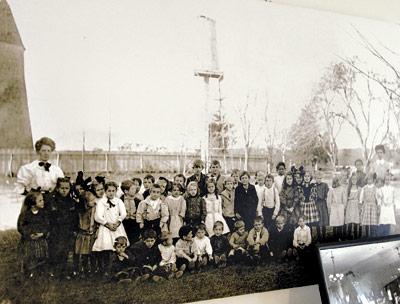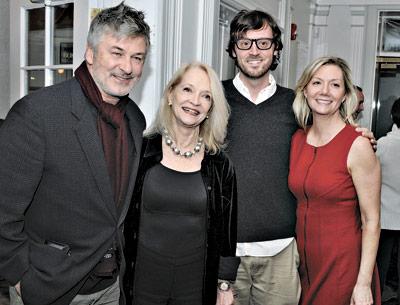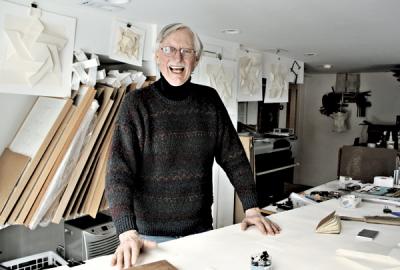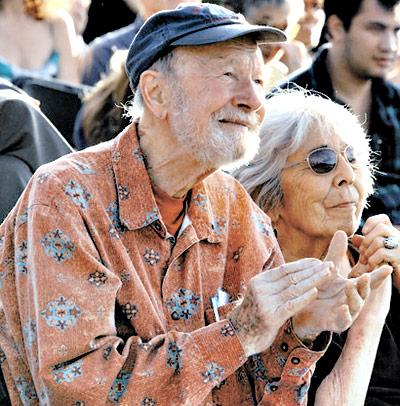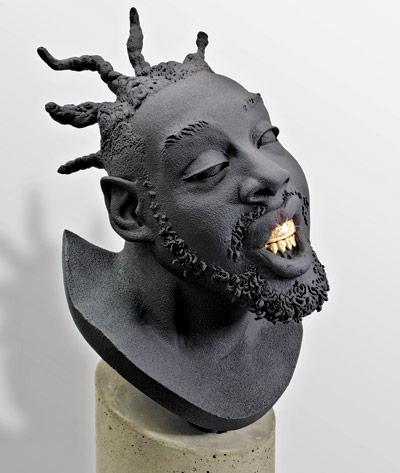Water’s Edge Radio
Water’s Edge Radio
HITFest, the Hamptons Independent Theatre Festival, will present the fifth episode of the “Water’s Edge Radio Hour” Sunday at 4 p.m. at the Bridgehampton Community House, where it will be recorded live for broadcast on WPPB 88.3 FM.
Conceived by John Landes, Joshua Perl, and Peter Zablotsky and inspired in part by “A Prairie Home Companion,” the program features comedy sketches by the Naked Stage Players and music by Telly Karoussos and Brad Penuel of Hopefully Forgiven.
Tickets to the program are $15 and available from eventbrite.com. Mr. Perl will host the event.

